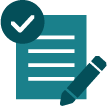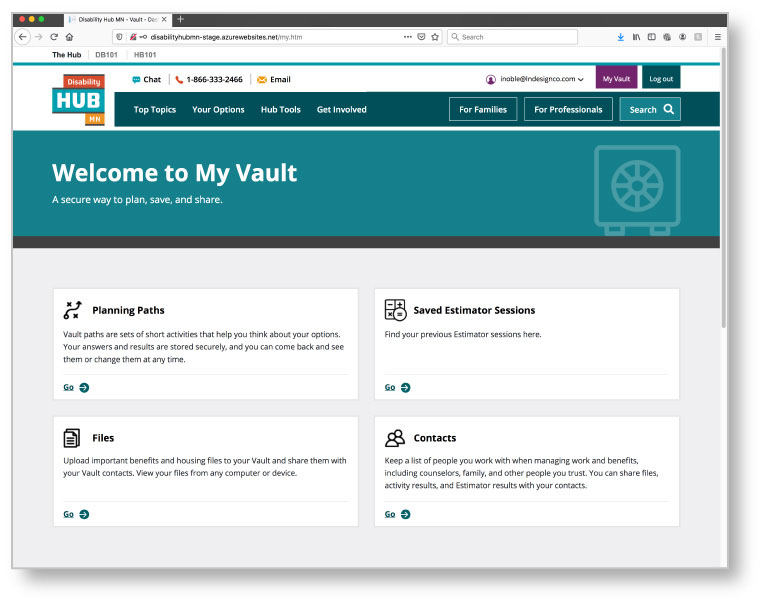Planning allows youth to establish goals and identify steps to reach those goals.
Youth may use various planning documents from different services and programs, especially while they're in school. The key is to ensure that planning is driven by what's important to (and for) the youth. It's also helpful to coordinate the plans and save them in a central location.




